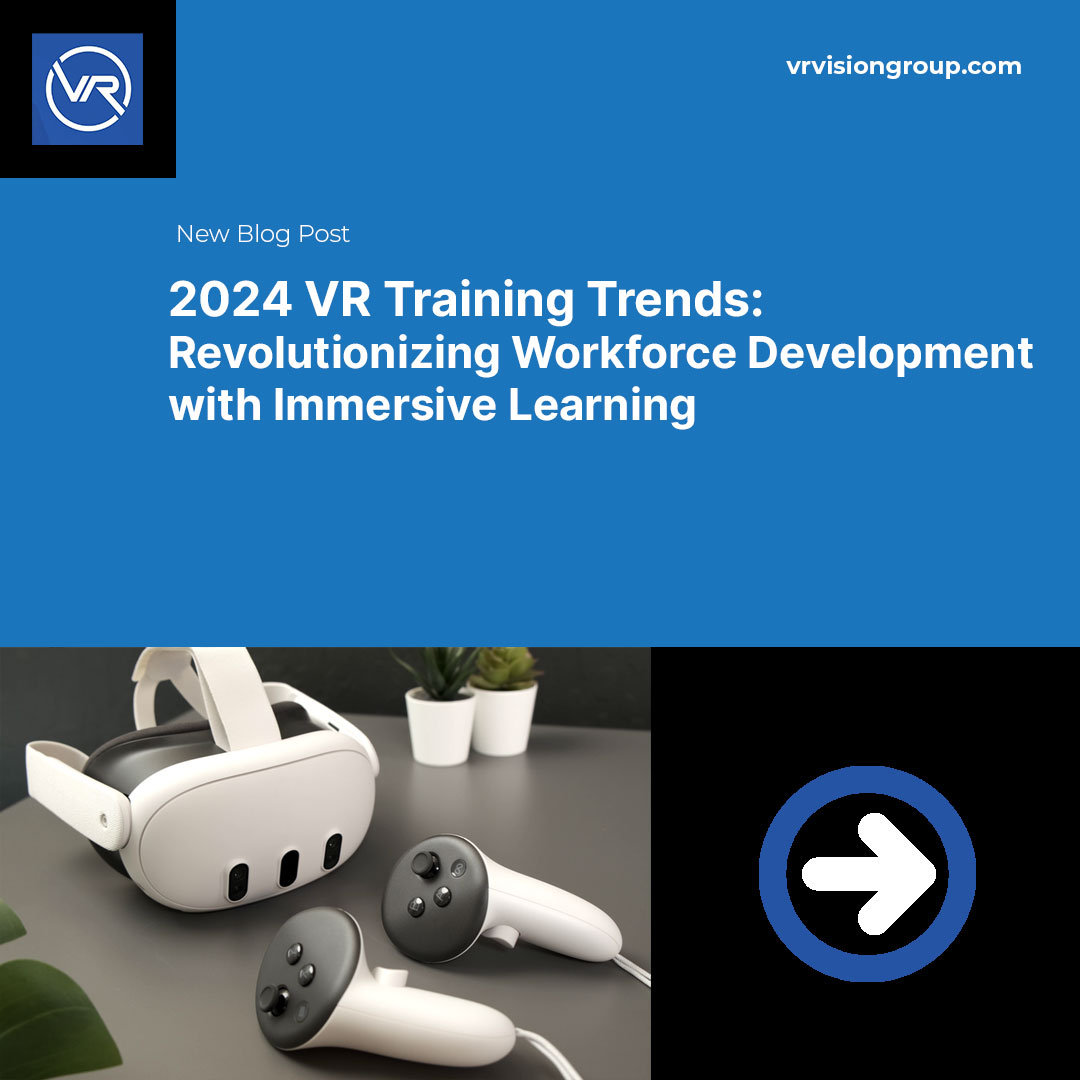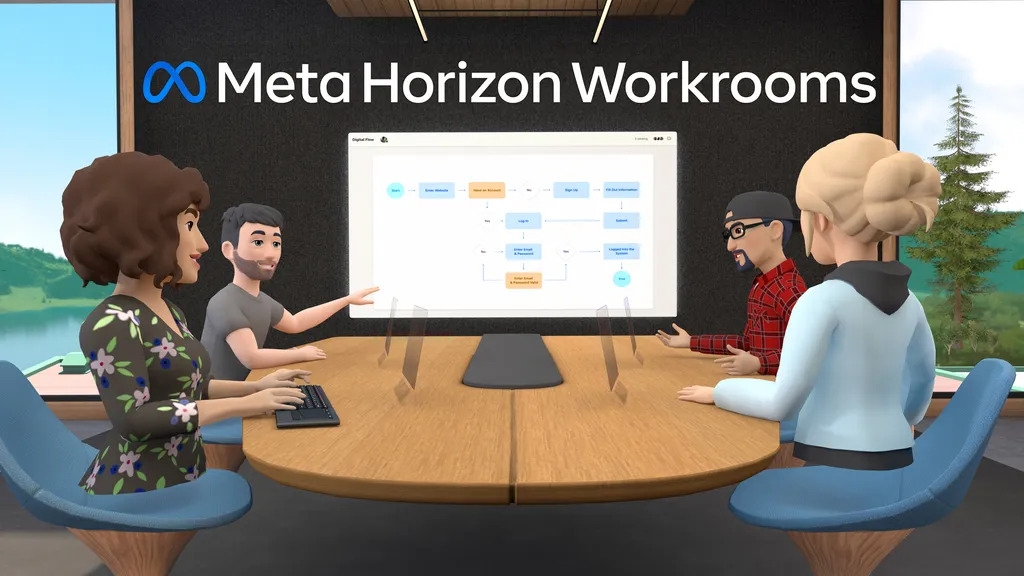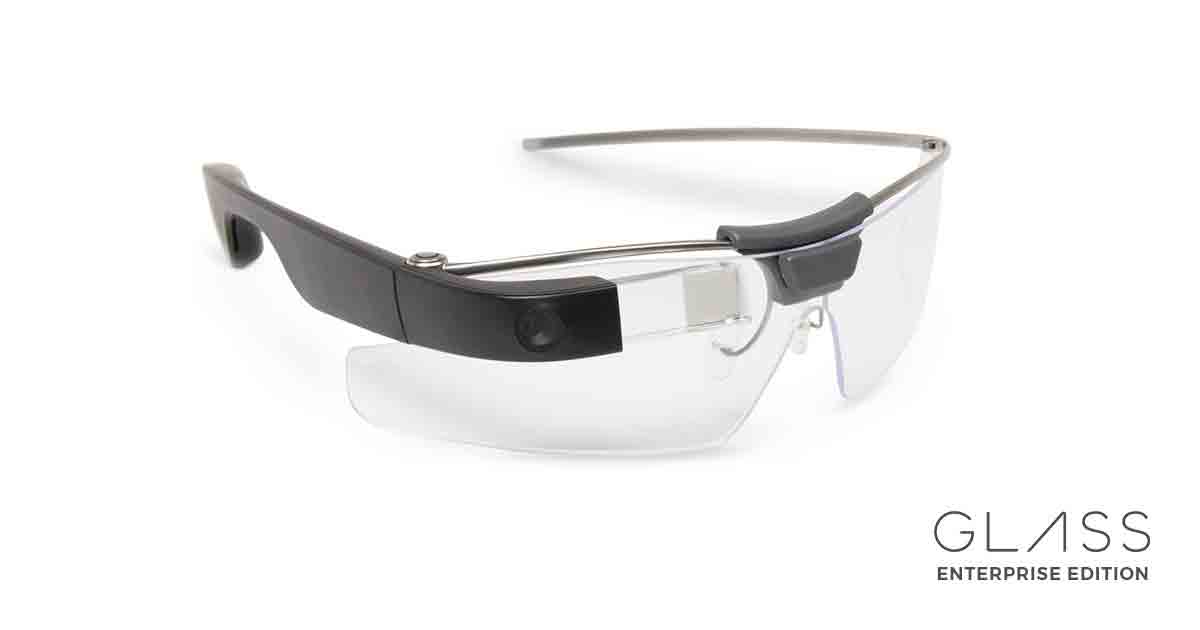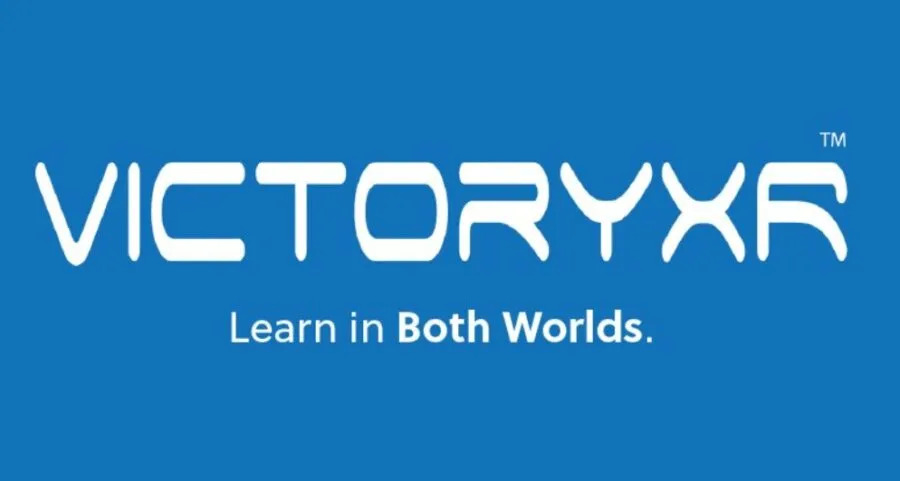Immersive Learning – The Next Frontier of VR Training in 2024
As we embark on 2024, the domain of VR training is witnessing a transformative era, reshaping the paradigms of traditional learning and development methods. With trailblazers like Apple and Meta at the helm, the trajectory of VR training is set to reach new heights of realism, interactivity, and effectiveness. The advent of new hardware opens up possibilities for applications that promise to be both transformative and immersive in their learning impact.
Embracing Immersive Learning with Advanced Technology
The realm of immersive learning through VR has expanded significantly, demonstrating its potency in various sectors. The fusion of VR in training curriculums facilitates a hands-on approach, allowing learners to engage in simulated scenarios that mirror real-life challenges. This method stands out in its capacity to impart complex skills, promote experiential immersive learning, and ensure safety in high-risk training environments. As our Vision Portal platform expands, we are observing a surge in the ease of adoption and a significant increase in the return on investment for implementing immersive training outcomes.
Pioneering Innovation for 2024: Apple Vision Pro and Meta Quest 3
Leading the technological forefront are Apple’s Vision Pro and Meta’s Quest 3. The Vision Pro, with its state-of-the-art hand tracking and superior display quality, is poised to redefine user interaction within virtual spaces. All of this will come with a steep price tag however given that the headset is set to launch at around $3499 USD. Meanwhile, the much less expensive Quest 3 ($499 USD) is anticipated to grow the mixed reality segment with enhanced graphics and more intuitive user interfaces, making VR training more accessible and engaging, but also allowing users to switch modes between mixed reality and virtual reality respectively.
Apple’s Vision: Merging Realities
Apple’s Vision Pro represents a leap towards seamlessly integrating digital and physical realms. Their vision aims to create immersive training simulations that are not only visually stunning but also highly interactive, thereby facilitating a deeper learning experience. Apple’s commitment to pushing the boundaries of VR technology underlines its belief in its potential to revolutionize professional immersive learning and education.
Apple believes in the transformative power of VR in professional learning and education. By harnessing the potential of virtual reality, the Vision Pro aims to revolutionize how we learn, train, and explore complex concepts. This commitment to pushing the boundaries of VR technology is not just about creating a product; it’s about fostering a new era of immersive education that is as engaging as it is effective. The Vision Pro isn’t just a tool; it’s a testament to Apple’s vision of a future where learning and digital immersion go hand in hand.
Meta’s Quest for Enhanced Learning
Meta’s Quest 3 is expected to be a game-changer in immersive learning. With its advanced features, the Quest 3 aims to provide a more realistic and engaging training environment. This aligns with Meta’s goal of creating VR experiences that are not just technologically advanced but also pedagogically sound and capable of transforming the educational landscape. By leveraging the power of VR, the Quest 3 aims to transform the educational landscape, making learning more accessible, engaging, and effective.
In essence, Meta’s Quest 3 is not just a step forward in VR technology; it’s a leap towards a future where educational experiences are immersive, interactive, and deeply resonant. It represents Meta’s vision of a world where learning is not just about absorbing information but experiencing and interacting with knowledge in a way that leaves a lasting impact.
Diverse Industry Adoption: From Energy to Automotive
The adaptability of VR training is not just a concept but a proven reality, as seen in its extensive application across diverse industries. In the energy sector, VR Vision’s collaboration with Avangrid exemplifies this perfectly. Through our VR training programs, Avangrid’s workforce can engage in simulated environments that replicate complex operational scenarios. This immersive learning experience not only enhances safety protocols but also elevates operational efficiency, allowing staff to tackle real-world challenges in a controlled, risk-free virtual setting.
In the automotive industry, our partnership with Toyota showcases the transformative impact of VR training. At Toyota, VR training modules enable employees to interact with detailed virtual models of vehicle components and assembly processes. This immersive interaction allows workers to gain hands-on experience without the costs or risks associated with physical prototypes. By practicing assembly and troubleshooting in VR, Toyota’s workforce reduces errors and enhances their productivity, directly translating to higher quality production standards and more efficient manufacturing workflows.
These examples from VR Vision’s work with Avangrid and Toyota demonstrate how immersive learning with virtual reality is not just a futuristic tool but a practical solution being utilized today to revolutionize industry standards and practices.
For a more in-depth exploration of our immersive learning solutions in the Energy and Automotive sectors, I invite you to visit our dedicated pages. Here, you’ll find comprehensive information, including examples and real-world use cases that illustrate our impact in these industries. For the Energy sector, please visit our Energy & Utilities sector page, and for insights into the Automotive sector, you can explore our Automotive sector page.
Navigating Challenges for Broader Implementation
While the benefits of VR training are manifold, its implementation does encounter several challenges that must be addressed for broader adoption. One significant hurdle is the cost associated with both the hardware and software aspects of VR training. High-quality VR headsets and the necessary computing equipment can be a considerable investment, potentially limiting access for smaller organizations or educational institutions with constrained budgets.
Additionally, the specificity of hardware required for an optimal VR experience can vary greatly depending on the training needs. For instance, more advanced simulations in fields like aerospace or medicine may demand state-of-the-art VR equipment, further escalating costs.
Creating content for VR training also poses its own set of challenges. It involves a substantial commitment of time and resources, as well as a need for specialized expertise. Developing immersive and interactive VR environments requires not just technical skills in VR software but also a deep understanding of the training subject to ensure the simulations are accurate and effective. Also, keeping the VR content up-to-date with the latest industry practices and technological advancements is an ongoing process, necessitating continuous investment in content development.
Overcoming these challenges is essential for the widespread adoption of VR training solutions. This could involve exploring cost-effective VR hardware options, leveraging scalable content creation platforms, or forming partnerships with VR content development experts. Additionally, seeking financial assistance or grants, especially in educational contexts, can help mitigate the cost barrier.
As the technology matures and becomes more mainstream, it’s likely that the costs associated with VR training will decrease, making it more accessible to a wider range of users. In the meantime, finding innovative solutions to these challenges will be key to unlocking the full potential of VR training across various sectors.
Looking to the Future: Expanding Horizons of VR Training
As 2024 unfolds, we are on the cusp of witnessing a significant evolution in VR training and immersive learning in general. With the advent of technologies like Apple’s Vision Pro and Meta’s Quest 3, the potential for creating immersive, impactful, and efficient training programs is immense. The ongoing developments promise not only to enhance the quality of training but also to make it more accessible and engaging for a diverse range of learners.
Conclusion: A New Era in Training and Development
The future of VR training is undoubtedly bright and full of potential. As we embrace these technological advancements, we can anticipate a transformative impact on how we train, learn, and develop skills. The journey into 2024 and beyond holds exciting prospects for VR training, making it a pivotal tool in the arsenal of modern education and professional development strategies. If you’d like to learn more about how these technologies can enhance your training programs and workforce development, feel free to book a demo with us to try out immersive learning firsthand and see if it’s right for you.
Quelle:




